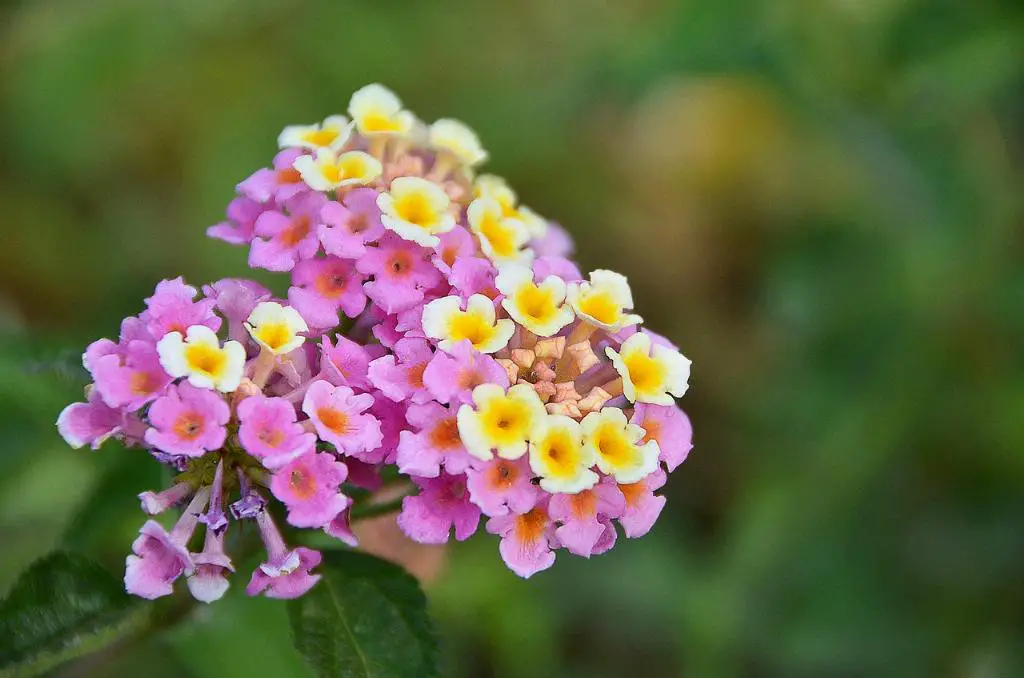Lantana, scientifically known as Lantana camara, poses a significant problem due to its toxic nature. The leaves and unripe fruit of the Lantana plant contain poisonous compounds that can have severe consequences for animals and humans alike. Livestock animals such as cattle, sheep, goats, and horses are particularly vulnerable to the toxicity of Lantana, which can lead to liver failure or even death.
Not only does Lantana pose a threat to livestock, but it can also be dangerous to wild animals. The ingestion of Lantana by wild animals can have detrimental effects on their health, further disrupting the balance of ecosystems. The impact of Lantana on wildlife populations can create ripple effects throughout the ecosystem, endangering various species.
In addition to its harmful effects on animals, Lantana also presents a risk to human health. Children, in particular, are at risk of poisoning from consuming the unripe fruit of the Lantana plant. In home garden settings, children have been known to ingest the toxic fruit accidentally, leading to potentially serious health complications.
Furthermore, Lantana is categorized as an invasive species, particularly in regions like Texas where it can outcompete native plants. The rapid spread of Lantana in areas where it is not native can result in the displacement of indigenous plant species, disrupting the local ecosystem and reducing biodiversity.
The invasive nature of Lantana also has economic implications, especially for industries reliant on agriculture and livestock. The presence of Lantana in grazing lands can lead to losses in livestock productivity, as animals that consume the plant may suffer adverse health effects or even death.
Moreover, controlling the spread of Lantana can be a challenging and costly endeavor. Efforts to eradicate or manage Lantana populations often require significant resources and labor, making it a burdensome task for landowners, conservationists, and government agencies.
Given its toxic properties and invasive behavior, Lantana represents a multifaceted problem that requires attention and action. The detrimental impact of Lantana on both wildlife and human health underscores the urgency of addressing the spread of this problematic plant species.
In conclusion, the toxicity, invasiveness, and economic repercussions associated with Lantana make it a significant problem in various ecosystems. By understanding the risks posed by Lantana and taking proactive measures to manage its presence, we can mitigate the negative effects of this troublesome plant and protect the health of animals, humans, and the environment.

